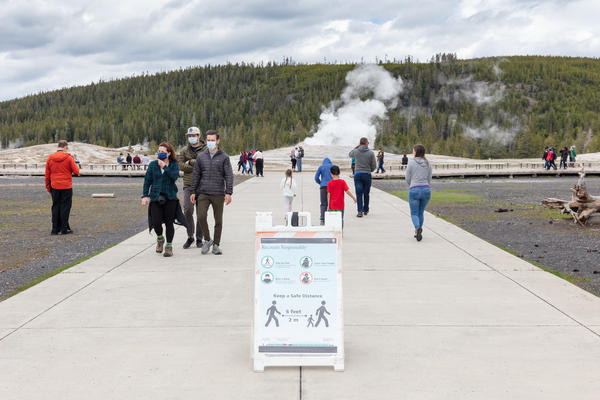 |
| Stockholm, with its beautiful location on the water, is considered one of the world's prettiest cities. |
 |
| From street bazaars to Nobel pomp, Stockholm spells variety. |
PHOTOS By BRUCE KELLER
STOCKHOLM is a city of water, museums, street markets, stately squares, lively arts, buskers, pomp and subway art to knock your socks off.
It's a city of contrasts, home to the Nobel Prize ceremonies, a museum celebrating the musical group, ABBA, a famous ship museum and a connection to rock legend Frank Zappa.
It's a city of contrasts, home to the Nobel Prize ceremonies, a museum celebrating the musical group, ABBA, a famous ship museum and a connection to rock legend Frank Zappa.
Inhabited for years by the Danes, it has been Swedish territory since 1523 and underwent a renaissance in the 18th century. This enrichment era included architectural, artistic, government and economic expansion, along with development of the sciences, medicine and literature.
IT SEEMS fitting that Stockholm is home to the revered Nobel prizes, six international awards given annually for outstanding work in physics, chemistry, medicine, literature, economics and the promotion |
| Stockholm's imposing City Hall has a prime location. |
of peace. The Nobel Prizes, first awarded in 1901, were established by the will of inventor Alfred Nobel and are traditionally awarded on Dec. 10, the anniversary of his death. We Americans proudly recall that the 2009 Nobel Peace Prize was awarded to our U.S. President Barack Obama for his "extraordinary efforts to strengthen international diplomacy and cooperation between people".
 |
| The colorful Swedish flag waves on a boat trip with Stockholm skyline behind. |
Besides ABBA (acronym for the four singers' names), there's another musical tie to the city. A famous 1973 Stockholm concert was immortalized because singer Frank Zappa's group appeared in transition,
between the subversive vaudeville of the original Mothers of Invention and the juvenile obscenities of later albums. Zappa memorabilia abounds.
 |
| The ABBA museum celebrates one the successful music groups. |
between the subversive vaudeville of the original Mothers of Invention and the juvenile obscenities of later albums. Zappa memorabilia abounds.
THE CITY's modern subway system, Tunnelbanan, has flashy art and is among the most dramatic in the world, with its elegant ceramic figures, glass prisms and colorful murals contributed by 70 imaginative Swedish artists.
 |
| Stockholm's subway system offers wild art. |
Narrow streets, winding alleys, medieval charm and a sophisticated cultural life all beckon the traveler, with some of the world's most posh waterway architecture, a beautiful Royal Palace, a Parliament to rival London's and the Nobel Prize reception hall. Grand architecture, street fairs, buskers, street food, fine eateries and the relic of that mighty warship point to the variety that personifies Stockholm and its love affair with the water.
We had only a couple of days, and could easily have stayed a month, to further explore the city's enticing green gardens, cobblestone walkways and a Swedish food feast we barely sampled. If all this sounds appealing, toss in a 700-year old Old town and one of the world's most elegant cathedrals -- and prepare to enjoy a Stockholm visit.
 |
| Traditional yellow houses date to early 19th Century painters. |






















